
Nov 3, 2025 • 5 min read
From Australia and New Zealand, to the far-flung islands of the South Pacific, here are the best things to do in October and November.

Nov 3, 2025 • 5 min read
From Australia and New Zealand, to the far-flung islands of the South Pacific, here are the best things to do in October and November.
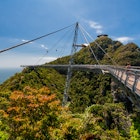
Nov 3, 2025 • 5 min read
There’s never a bad time to visit Malaysia – yet never really a dry one, either. Read on for our season-by-season guide.
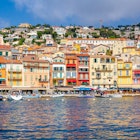
Nov 3, 2025 • 9 min read
While the Riviera might inspire thoughts of lazy summers, the winters offer festive carnivals, beautiful hikes and all levels of skiing.

Nov 3, 2025 • 7 min read
This Swiss canton abounds with icons: soaring peaks, charming valleys, warm and gooey AOP Raclette de Valais cheese and slobbery St Bernard dogs.
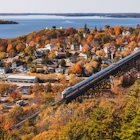
Nov 2, 2025 • 9 min read
Reach remote communities and see some of Canada's best landscapes on these long-distance train journeys.

Nov 2, 2025 • 7 min read
Capture that cozy Christmas feeling at these hotels while traveling during the holiday season.
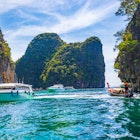
Nov 2, 2025 • 5 min read
Whether you are after sunshine, sea, seasonal ingredients or Songkran, these are the best times to visit Thailand.
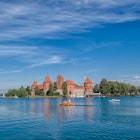
Nov 1, 2025 • 9 min read
Experience the best of Lithuania with our pick of the nation's top things to do.

Nov 1, 2025 • 5 min read
It's a myth that you have to spend a fortune to have a fun time on the slopes. Save your cash for après-ski drinks at these 8 budget options in Europe.
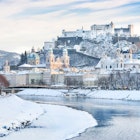
Nov 1, 2025 • 13 min read
Whether you're looking to enjoy the alpine wilderness, view marvelous palaces or take in some modern art, you'll find it all in Austria.

Nov 1, 2025 • 8 min read
Heading to Lucerne? Museums, concerts, lakeside dining and historical sites are among the top things to do in Central Switzerland’s biggest city.

Oct 31, 2025 • 11 min read
Chiapas is place of thundering waterfalls, yawning gorges and off-grid pre-Hispanic ruins amid the tangled rainforest.

Oct 31, 2025 • 6 min read
Snow sports are a big part of local culture in Bulgaria, so the country's friendly and relaxed winter resorts are well worth a closer look.
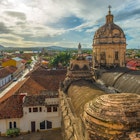
Oct 31, 2025 • 7 min read
From watching cigar-making to photographing a ruined hospital, here are the top things to do in Granada.

Oct 31, 2025 • 8 min read
Phnom Penh can be overwhelming, but travelers can find the city's rhythm in its resurgent arts community, banging nightlife and eclectic food scene.

Oct 31, 2025 • 3 min read
Mexico City-based photographer Fernando Farfán has visited Quintana Roo at least once a year these past seven years. Here are his recent photos.

Oct 31, 2025 • 10 min read
The gift of Fez lies in its unscripted moments. Make time for these top activities.

Oct 31, 2025 • 8 min read
The capital city is often overlooked, but its history – along with its art, food and nightlife scenes – make it worth visiting for a while.

Oct 30, 2025 • 6 min read
Croatia's more than 300 wine regions are largely off the mainstream radar – discover the country's earthy reds, crisp whites and over 130 grape varietals.

Oct 30, 2025 • 11 min read
The ruined Maya city of Copán in Honduras reveals fascinating insights into the ancient history of Central America. Here's what to know when visiting.

Oct 30, 2025 • 10 min read
Before heading to South Carolina, check out these 16 tips on planning, etiquette, and health and safety.

Oct 30, 2025 • 8 min read
You don’t need to book an expensive cruise to discover the beauty of the Galápagos. Use these top tips to travel independently and stretch your budget.